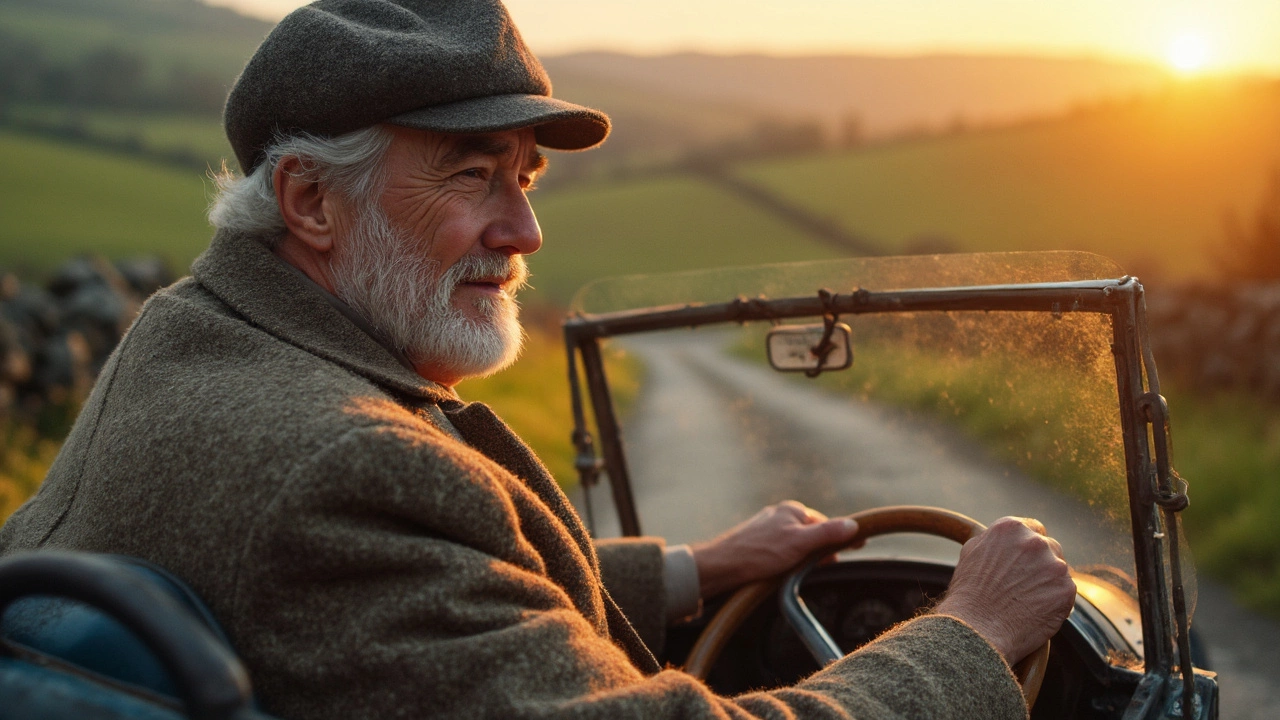Driving Age: All the Essentials You Need to Know
Wondering when you can legally get behind the wheel? The answer changes depending on the vehicle type, the licence you want, and where you live in the UK. Below we break down the ages, the steps you’ll need to take, and a few handy tips if you’re still waiting for your birthday.
Standard Cars and Motorcycles – The Basics
For a regular car, you can apply for a provisional licence at 15 years and 9 months, but you can’t start driving on public roads until you’re 17. If you want to ride a motorcycle, the age varies by engine size. You can ride a moped (up to 50cc) at 16 with a provisional licence and the appropriate CBT (Compulsory Basic Training). Bigger bikes need you to be 17 for A1 (125cc), 19 for A2 (restricted power), and 24 for a full A licence unless you’ve completed the progressive access route.
Getting that provisional licence is simple: fill out the D1 form, show proof of identity, and pay a small fee. Once you have it, you can start your theory test. Pass that, and you’re ready to book practical lessons with a qualified instructor.
Heavy Goods Vehicles (HGV) – Age Matters More
If you’re eyeing an HGV or a tractor‑unit, the age limits are stricter. You must be at least 18 to start training for a Class 1 licence (the big trucks). However, you can begin a Driver CPC (Certificate of Professional Competence) course at 18, but you’ll need a full UK driving licence first.
The process involves a medical test, a theory test that covers larger vehicle rules, and a practical test that includes off‑road manoeuvres. Many training centres let you start the theory part at 17, so you can be ready to book the practical test as soon as you turn 18.
Why the higher age? HGVs are heavier, slower to stop, and require a higher level of responsibility. The law wants to make sure drivers have enough maturity and life experience before they handle these beasts.
Tips for Young Drivers Waiting for Their Age
Don’t waste the waiting time. Study the Highway Code, practice mock theory tests online, and work on your observation skills. Even simple activities like watching traffic flow at a busy junction can sharpen your awareness.
If you’re under 17, consider getting a qualified driving instructor to give you lessons on a private road or a qualifying circuit. Those sessions count toward your practical experience and give you a confidence boost once you’re legally allowed to drive on public roads.
For those interested in HGVs, consider a ride‑through day at a local depot. Many companies host “experience days” where you can sit in a cab, learn basic controls, and understand the daily routine of a truck driver. It’s a great way to confirm you’re on the right path before you invest in full training.
Finally, stay on top of any changes to the law. The UK government occasionally adjusts age limits or adds new categories (like electric scooters). Subscribe to a reliable driving news source or check the DVSA website regularly.
Bottom line: the legal driving age isn’t just a number – it reflects safety standards for each vehicle type. Whether you’re gearing up for a car, a bike, or a massive HGV, knowing the exact age requirements and preparing early will make your licence journey smoother and faster.
- April 6 2025
- 0 Comments
- Rowan Cavendish
What's the Oldest Age You Can Start Learning to Drive?
Ever wondered if there's an age limit for learning how to drive? The good news is, you're never too old to start! As long as you're physically and mentally capable, hitting the road is within reach, regardless of age. Discover some surprising benefits of driving later in life, tips for older beginners, and popular myths busted.
- Driving Lessons (41)
- HGV Training (31)
- Driving Test Tips (31)
- Driving Test Booking (26)
- Driving Licence Renewal (23)
- Driving Theory Test (21)
- Pass Plus Course (15)
- Driving Tips (15)
- Intensive Driving Course (15)
- Driver Licensing (14)
Categories
- December 2025 (12)
- November 2025 (13)
- October 2025 (21)
- September 2025 (5)
- August 2025 (8)
- July 2025 (30)
- June 2025 (30)
- May 2025 (30)
- April 2025 (31)
- March 2025 (30)
- February 2025 (28)
- January 2025 (34)
Archives
- driving lessons
- driving test
- driving tips
- intensive driving course
- driving test tips
- HGV training
- learn to drive
- driving theory test
- driver training
- driving test booking
- pass driving test
- HGV driving
- road safety
- driving license renewal
- Virginia driving test
- learner drivers
- safe driving
- Virginia driver's license
- driving license
- learning to drive

